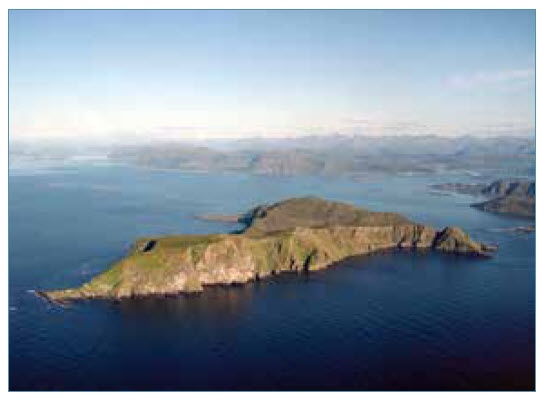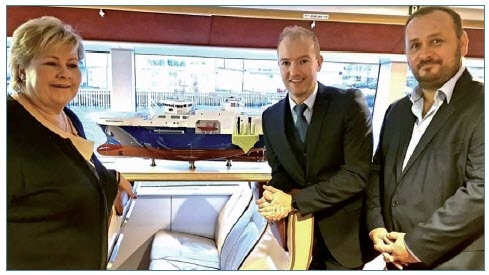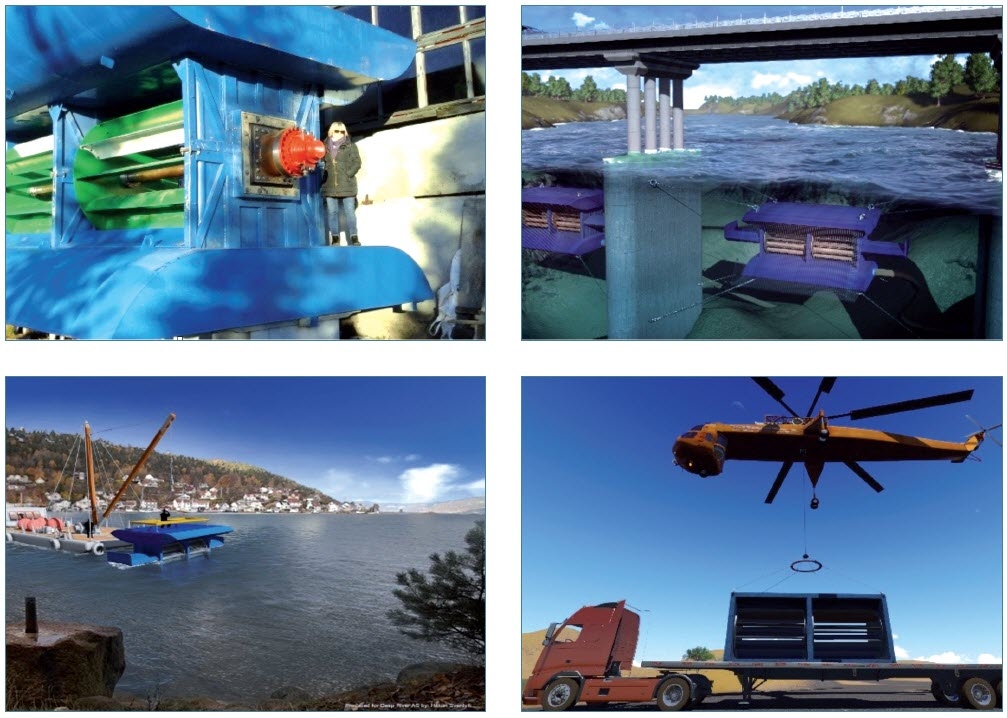NORWAY
TECHNOLOGY DEMONSTRATION
OPEN SEA TEST SITES
|
Runde Environmental Centre (REC), located on Runde Island on the Norwegian west coast (http://www.rundecentre.no), can accommodate wave energy projects for test and demonstration at several sites. One has a 3 km/0.5 MW sea cable to shore with grid connection. REC facilitates preparations, licensing, deployment and monitoring of the WECs, and works also on other forms of ocean energy, building national competence and capacity. REC hosts other subsea tests for anti-corrosion and anti-fouling. In 2016, a new bathymetric dataset, with 1x1 m resolution, was released by REC, for public use. This unique material is very useful when it comes to licensing and siting of Ocean Energy devices in the area. The same applies to the wave forecasting model installed in co-operation with the Norwegian Meteorological office. REC is currently hosting Waves4Power’s grid connected 100 kW prototype. |
 |
OPERATIONAL PROJECTS
Waves4Power
The first operational, grid connected wave energy buoy project in Norway was launched on 2 June 2017. The Swedish technology company Waves4Power has developed and produced a 100 kW energy converter, which is currently undergoing long term grid connected testing at the Runde Environmental Centre (REC). The anchored buoy – Wave-EL – is connected to a stand-alone buoy-mounted transformer. The transformer is readied for additional 9 connections, and so a power plant-sized future demonstration is technically feasible.
PLANNED DEPLOYMENTS
Tide Tec
Over the last year Tidetec has completed its model turbine, and although the turbine needs some final adjustments before it can be built in a full scale version, the company considers the proving of the mechanical and hydrodynamical aspects of the turbine to be completed. New is that the design of the periphery is changed to a dry-running sealed generator. The company has taken some significant steps in 2017: Tidetec have secured the IP in Norway through a new patent, which currently has moved further to a PCT application (European and worldwide patent). This patent is to protect the IP of the “rolling turret”, which is fundamentally different from the original Tidetec concept. The application is currently also delivered in Europe (EPC), and a conclusion on this application will be given during 2018.
Tidetec have proven the technology further with a functioning model turbine, tested at TUM in Munich. Tidetec have established contact with Atlantis, who has invited the company to tender for the Wyre barrage project. A consortium consisting of Rainpower, EPCI company, Zhefu (Chinese turbine manufacturer) is thus being developed in order to bid for the tender.
Havkraft
Havkraft AS is working in close relation with HydroWave AS in a common bid to commercialize the technology. Together, the companies are providing local energy from wave power with Guarantees of Origin; either directly as electricity in hybrid with batteries, or through Hydrogen storage.
The prototype testing of the Havkraft Wave Energy Converter (H-WEC) in real sea environment at Stad was completed in 2015.
|
Moreover, the first commercial contract was signed in 2017 with Ålesund-based Uksnøy & Co, for the replacement of diesel fuels directly on offshore installations: A low hanging fruit for this powerful, patented and flexible technology. Both companies are headed by founder, inventor and main shareholder Geir Arne Solheim. The Norwegian Prime Minister, Erna Solberg (left), visited Havkraft/HydroWave to get more information on their wave power technology in Florø, 7 November 2017. The solution has been lifted up by Innovation Norway, amongst others. The ship model Geo Barents is demonstrating a hybrid wave power system on the slip side. Present to show the PM were Geir A. Solheim (middle) and Øystein Uksnøy (right). |
 |
Deep River
Deep River has continued the development on an easily deployable “Drop & Go” power plant, weighing 100 kg. This micro plant will be able to produce from 1 kW to 20 kW, and may be hooked up through a battery-pack. The Drop & Go system is ready for a commercial market as of 2016. Deep River aims at an international market, seizing on the opportunity for local power production, off-grid solution, energy storage and easy grid connection. The technology has been developed in close collaboration with Norwegian and international universities, as well as with international suppliers and developers.




